La Riforma Agraria degli anni Cinquanta in Calabria. Conoscenza, conservazione e trasformazione del paesaggio del Marchesato di Crotone
Abstract
La legge Sila (12/05/1950), primo atto di quell’innovazione fondiaria tanto invocata negli anni del secondo dopoguerra per rispondere alla condizione di arretratezza del sistema agrario, avviava ufficialmente la Riforma Agraria in Calabria. L’Ente dell’Opera per la Valorizzazione della Sila (OVS) realizzava nel comprensorio Silano-Jonico, contemporaneamente alle opere infrastrutturali e all’assegnazione dei poderi, il sistema insediativo: borghi rurali e case coloniche. In questa occasione si focalizza l’attenzione sul Marchesato di Crotone. Un territorio, da sempre protagonista di numerosi fenomeni latifondistici che, anche durante gli anni Cinquanta diventava l’epicentro del programma della riforma, trasformando il paesaggio da solitario e deserto in un mosaico di architetture edificate e di pattern rurali disegnati. Lo stesso paesaggio – fragile, complicato e affascinante – narrato da Giuseppe Isnardi, Lucio Gambi e Pier Paolo Pasolini.
Tra le “dune” del Marchesato sorge il borgo di San Leonardo di Cutro, progettato da Giovanni Astengo, tra il 1952 e il 1955, sulla preesistenza di un piccolo nucleo costruito dai padri Gesuiti alla fine del Cinquecento. Il suo impianto planimetrico è frutto di una stratificazione storica e antropica che, dagli anni della sua fondazione a oggi, ricopre la funzione di connettore sociale, prima come luogo di riferimento per i contadini sparsi nei poderi, adesso come piccolo centro urbano.
The Agrarian Reform of the Fifties in Calabria. Knowledge, Conservation and Transformation of the Landscape of the Marquisate of Crotone
The Sila law (12/05/1950), first act of that land innovation so much invoked in the years after the Second World War to respond to the backwardness of the agrarian system, officially initiated Agricultural Reform in Calabria. The Institution of the “Opera for the Valorizzazione on the Sila (OVS) built the settlement system in the Silano-Jonico District, at the same time as infrastructure works and the assignment of farms: small rural towns and farmhouses.
The focus of attention is on the Marquisate of Crotone. A territory that had always been the protagonist of numerous land-owning phenomena, which even during the fifties became the epicentre of the reform programme; transforming the landscape from solitary and desert to a mosaic of architectural buildings and drawn rural patterns. The same landscape – fragile, complicated and fascinating – narrated by Giuseppe Isnardi, Lucio Gambi and Pier Paolo Pasolini.
Among the “dune” of the Marquisate rises the village of San Leonardo di Cutro, designed by Giovanni Astengo, between 1952 and 1955, on the pre-existence of a small nucleus built by the Jesuits at the end of the 16th century.
Its planimetric design is the result of an historical and anthropic stratification that, from the years of its foundation to today, covers the function of social connector, first as a reference place for the farmers scattered in the farms, and today as a small town.
Parole chiave
Full Text
PDFDOI: https://doi.org/10.14633/AHR147
Refback
- Non ci sono refbacks, per ora.
Copyright (c) 2019 Francesca Passalacqua; Maria Rossana Caniglia

This work is licensed under a Creative Commons Attribution-NonCommercial 4.0 International License.
........................................................................................................................................................................................................................................................................................................................................................
ArcHistoR è una rivista open access e peer reviewed (double blind), di Storia dell’architettura e Restauro, pubblicata dall’Università Mediterranea di Reggio Calabria con cadenza semestrale.
ISSN 2384-8898
![]()

Comitato scientifico internazionale
Maria Dolores Antigüedad del Castillo-Olivares, Monica Butzek, Jean-François Cabestan, Alicia Cámara Muñoz, David Friedman, Alexandre Gady, Jörg Garms, Miles Glenndinning, Mark Wilson Jones, Loughlin Kealy, Paulo Lourenço, David Marshall, Werner Oechslin, José Luis Sancho, Dmitrij O. Švidkovskij
Comitato direttivo
Tommaso Manfredi (direttore responsabile), Giuseppina Scamardì (direttrice editoriale), Antonello Alici, Salvatore Di Liello, Fabrizio Di Marco, Paolo Faccio, Mariacristina Giambruno, Bruno Mussari, Annunziata Maria Oteri, Francesca Passalacqua, Edoardo Piccoli, Renata Prescia, Nino Sulfaro, Fabio Todesco, Guglielmo Villa
 .
. 


2.jpg)
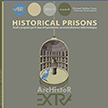
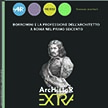
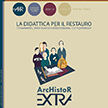
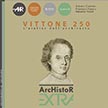
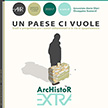
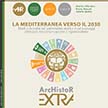
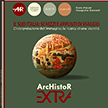
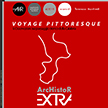
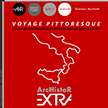
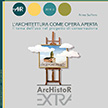
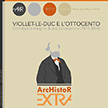
_2.jpg) .
. 
 .
. 

